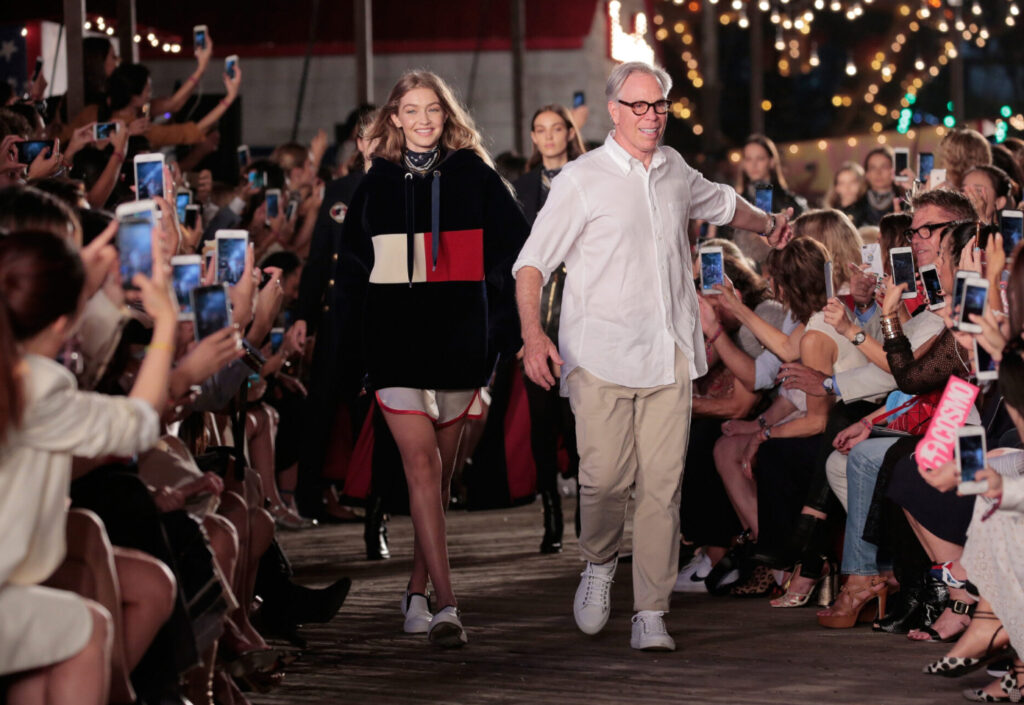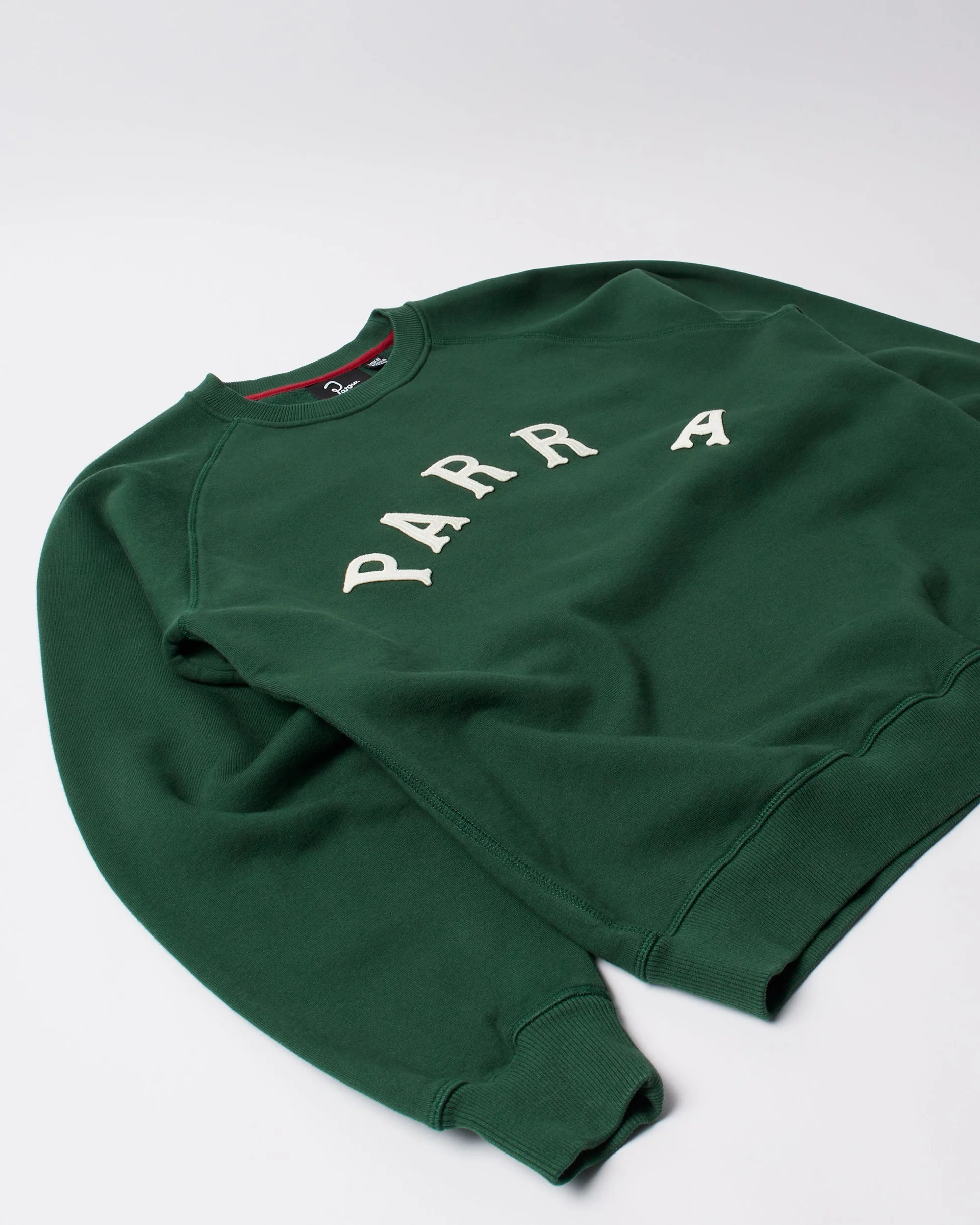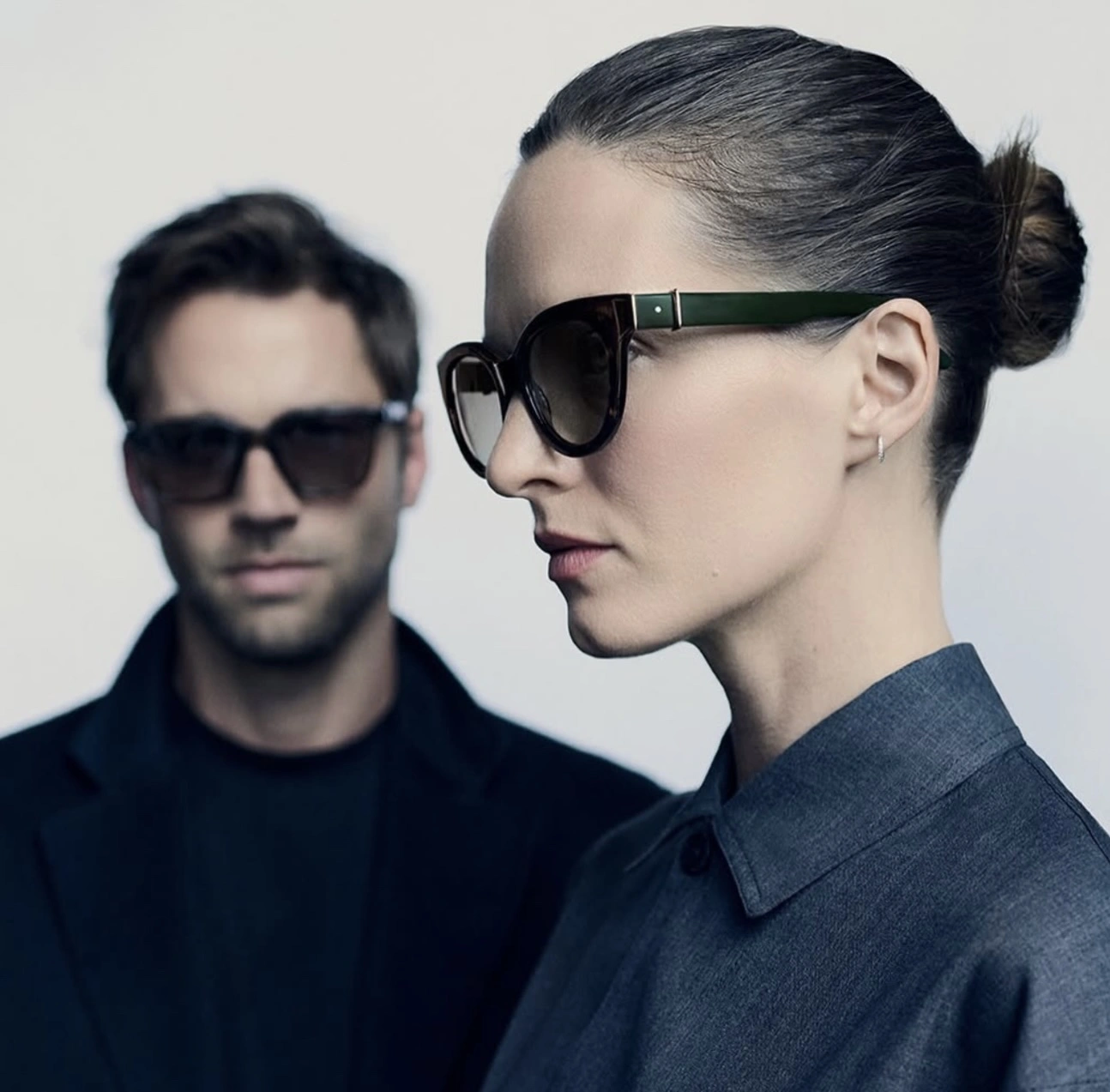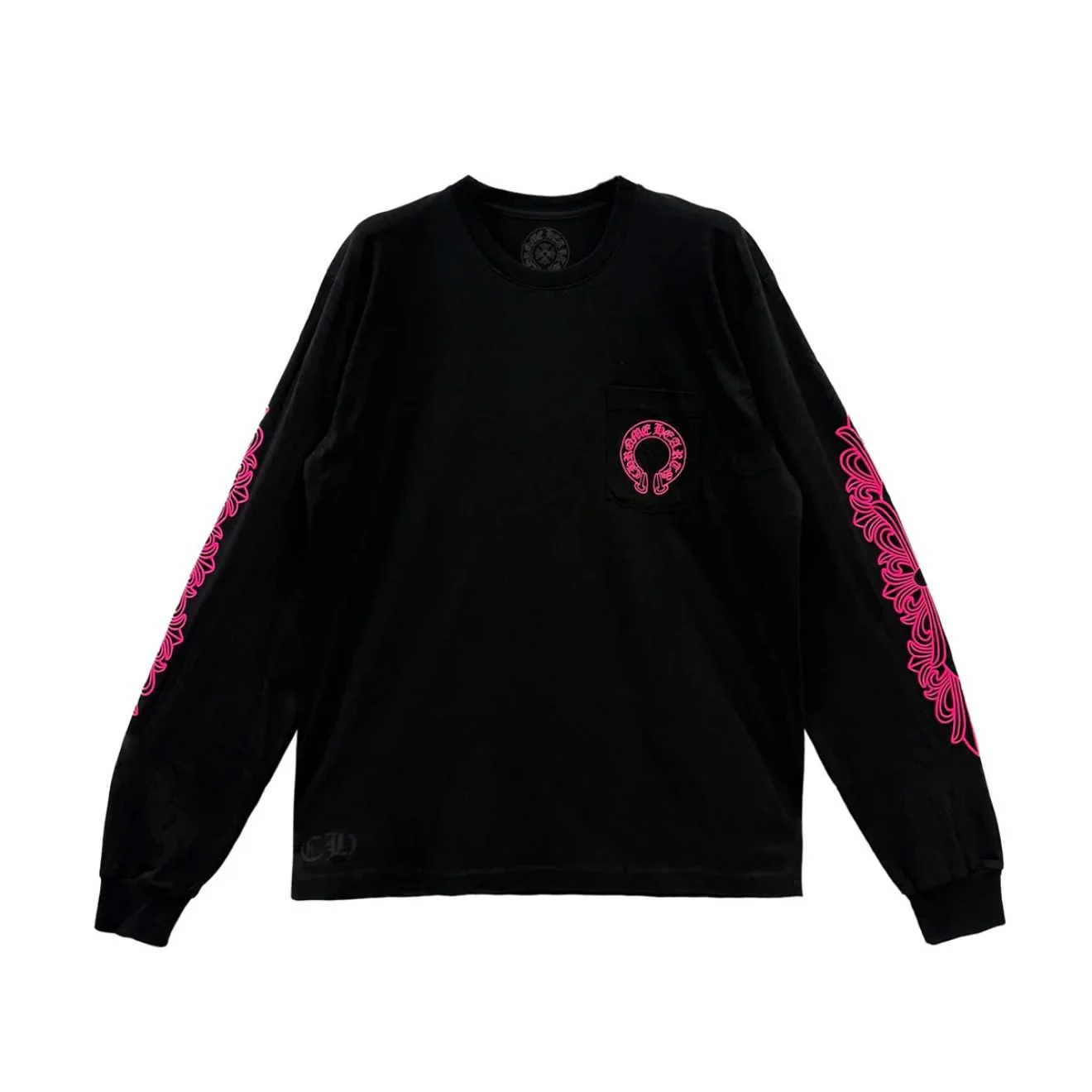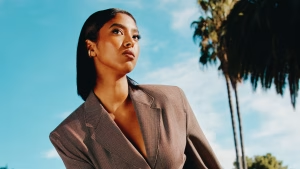From a single storefront in upstate New York to defining American style for 40 years, Tommy Hilfiger reflects on legacy, evolution, and staying true to his North Star.
Four decades ago, Tommy Hilfiger opened a tiny shop in Elmira, New York, with just $150 and a rack of bell-bottom jeans. He wasn’t thinking about legacy then. He was thinking about survival—about how to stock the shelves, how to pay rent, how to sell one more pair of flared denim to keep the dream alive. But dreams, as Hilfiger would prove, have a way of growing if you believe in them long enough.
Now, 40 years later, Hilfiger is more than a designer. He’s a symbol—of American fashion, of entrepreneurial spirit, of a brand that has not only endured, but thrived across cultural shifts, fashion revolutions, and the unpredictable tides of global style. Sitting with opulence at the ultra-exclusive ‘Hilfiger Resort’ in Canouan, surrounded by the calm turquoise waters of the Caribbean, Hilfiger reflects on his journey not with boastfulness, but with a sense of calm that only comes from experience.
“I look back at the very beginning,” he says, “and when I first started out… I did everything—designed the clothes, chose the buttons, the zippers, worked in the factories.” He pauses, remembering the labor not as burden, but as joy. “I sketched everything out myself. I had a vision and I had this dream, and I thought, ‘Well, maybe I’ll be an American designer, making menswear in America.’”
That dream didn’t just happen—it exploded. From men’s basics to global lifestyle powerhouse, Hilfiger built an empire on preppy codes, mass appeal, and a knack for knowing what America wanted to wear before America did.
The Rise of a Signature Aesthetic
Tommy Hilfiger didn’t invent prep, but he made it feel democratic. Unlike Ralph Lauren, who often steeped his brand in aspirational wealth and equestrian fantasy, Hilfiger’s take on the Ivy League wardrobe was always a little more relaxed, a little more fun. Think chinos and rugby shirts, but with a twist. Think collegiate style, but reimagined for skateparks, basketball courts, and block parties.
By the late 1980s and early 1990s, Hilfiger’s red, white, and blue logo wasn’t just a label—it was a symbol. Worn by musicians, athletes, and middle-American teenagers alike, it crossed boundaries that fashion usually reinforced. You didn’t have to be from the Upper East Side to wear Tommy. You didn’t have to know what a regatta was. The brand’s genius was in making classic American style feel new, accessible, and most of all, cool.
“From the start,” Hilfiger says, “I wanted it to be inclusive. I wanted to mix that preppy heritage with pop culture.” And he did—decades before the term “high-low” was a fashion cliché.
Hip-Hop Embrace and the Streetwear Moment
One of the most defining chapters in Hilfiger’s career came not from a runway, but from a stage. In the early ’90s, artists like Grand Puba, Snoop Dogg, and Aaliyah started wearing oversized Tommy gear on TV, in videos, and on album covers. It wasn’t a marketing campaign. It was organic, powerful, and, frankly, revolutionary.
When Snoop wore a massive Tommy Hilfiger rugby on Saturday Night Live in 1994, the next day stores sold out. Just like that, Hilfiger became more than a fashion brand—it was part of the cultural pulse. And unlike many heritage designers at the time, Hilfiger embraced it.
“I saw it as the future,” he says. “I didn’t want to push back against it. I wanted to lean in. That’s when I realized the brand could be bigger than what I had imagined.”
From then on, Hilfiger built bridges between subcultures and style tribes. He brought in Beyoncé, collaborated with Aaliyah, and dressed Usher long before celebrity ambassadorships were a fashion norm. Decades later, that willingness to evolve—while staying grounded in signature codes—has kept the brand relevant across generations.
Building the Lifestyle Brand Before It Was Trendy
It’s easy to forget how groundbreaking Hilfiger’s approach was at a time when most designers stuck to a single category. Hilfiger didn’t want to just make clothes—he wanted to shape an entire lifestyle. Over the years, he expanded from menswear to womenswear, kids, fragrance, watches, underwear, bedding, accessories, and eventually, even tech collaborations and fashion week spectacles.
“It wasn’t just about selling jackets or jeans,” he says. “It was about creating a world. That was always the vision.”
That “world” extended beyond product. Hilfiger was one of the first to turn runway shows into entertainment events, long before the rise of digital spectacle. He pioneered see-now-buy-now formats. He took shows to Venice Beach, Shanghai, and London. In 2016, he introduced TommyNow, an innovative platform that fused consumer access with global runway moments—often featuring Gigi Hadid as muse and co-designer.
The message was clear: Tommy Hilfiger wasn’t following fashion’s old rules. He was writing new ones.
Fashion in the Age of Reflection
Now, as Hilfiger reflects on four decades in the game, he’s more focused than ever on legacy—not just in a personal sense, but in a cultural one. At a time when fashion is more global, more chaotic, and more inclusive than ever, what does it mean to be a heritage brand in 2025?
“It means you can’t just rely on the past,” he says. “You have to innovate. You have to be part of what’s next.” That’s why the brand continues to experiment with sustainability, circular design, and digital spaces—from NFTs to AR try-ons. “But,” he adds, “we also can’t lose sight of who we are.”
And who they are remains clear: a brand rooted in classic American style, refracted through the evolving lens of street, sport, and culture.
The Power of Staying on Brand
If you ask Hilfiger the secret to 40 years of relevance, he doesn’t hesitate: consistency. “Our North Star has always been the same,” he says. “That red, white, and blue palette. That preppy-meets-casual balance. That desire to make people feel good in what they wear.”
In an industry known for reinvention, Hilfiger has stuck with what works—but he’s kept it fresh. That’s a rare skill. While other legacy brands have drifted or diluted their identity, Tommy Hilfiger has remained unmistakable. Whether you see the logo on a hoodie in Brooklyn or a blazer in Berlin, it always feels like Tommy.
The Hilfiger Resort: More Than a Backdrop
As we talk, we’re surrounded by the calm luxury of the ‘Hilfiger Resort’ in Canouan. It’s not open to the public. It’s a personal retreat. But it represents something larger: a place where lifestyle becomes literal. With nautical décor, modernist architecture, and those signature Hilfiger color accents everywhere you look, the resort feels like a three-dimensional version of the brand.
“This was always part of the dream,” Hilfiger says. “To create something that wasn’t just about fashion—but about experience.”
What’s Next for Tommy Hilfiger?
Even after 40 years, Hilfiger isn’t ready to step away. “I’m still involved in every collection,” he says. “I still care about the details. I still get excited when something just works.”
There are more projects coming. More collaborations. More reinventions of the classics. And likely, more ways that Hilfiger will continue to blend timeless Americana with the pulse of now.
But if there’s one takeaway from this milestone year, it’s that Tommy Hilfiger never lost the thread. From the moment he sketched those first jeans in Elmira, he knew he was building something bigger. And now, four decades later, he’s living it—red, white, blue, and proudly his own.
No comments yet.

